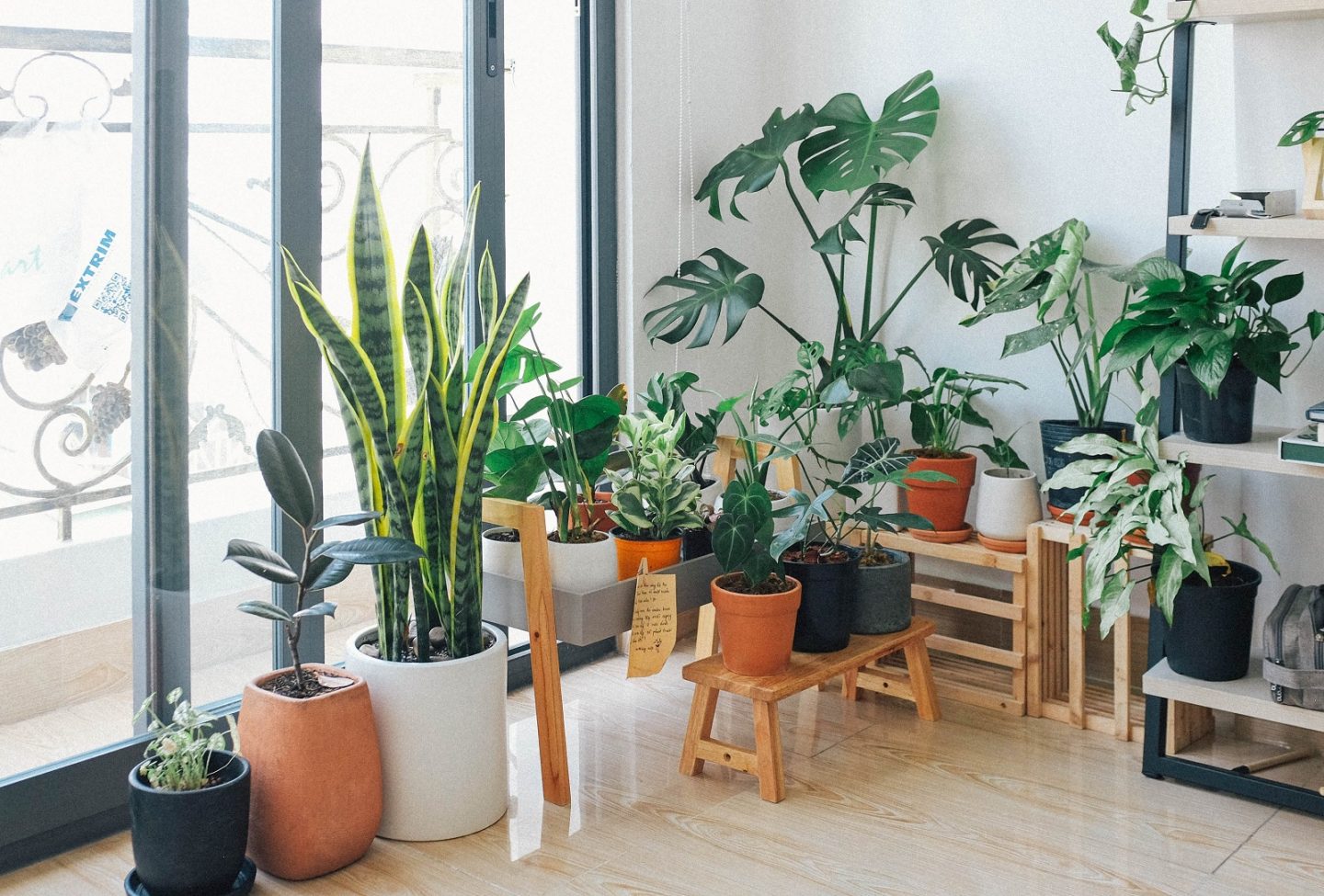Mould on Houseplant Soil: Prevention & Removal Tips

Even though mould often grows on various surfaces in a home, such as drywall and grout, it can also grow in houseplant soil. Like any other fungus, mould needs moisture and feeds on organic food like cellulose and bacteria.
Houseplant soil can, of course, provide the right conditions for mould growth. But mould on houseplant soul should not be treated lightly. In time, mould in houseplant soil can affect the health of homeowners and damage the plant. Here are several tips to prevent and remove mould in houseplant soil and on plants:
How to prevent mould in houseplant soil
- Using healthy and sterile soil — This should be done for all newly acquired plants or when changing the soil. One good alternative is commercial potting soil, which contains plenty of nutrients for your houseplants.
- Watering the plants properly — Mould thrives in moist conditions, so too much water will help mould spores to develop. As a rule of thumb, plants should be watered once the top 5 centrimetres or ¼ of the total soil volume is dry.
- Removing debris from the soil — This includes dead leaves and petals. Also, dust or dirt should be wiped off from the leaves regularly. Leaving organic debris on the soil can provide a better environment for mould to grow. The dead parts of the plant need to be trimmed, as well.
- Providing plenty of light and ventilation to plants — Sunlight or artificial light is essential not only for the plant’s growth but also for repelling mould. A source of ventilation, such as a fan on low setting, allows airborne particles to freely circulate around the plant.
How to get rid of mould in houseplant soil
- Scraping off the mould — After locating the mould, which is usually white and fuzzy, a spoon can be used to scrape off the mouldy part of the soil. To avoid inhaling mould spores, wearing a dust mask is recommended. If there is a large amount of mould, it’s best to repot the plant.
- Adding an anti-fungal solution — Once the mould is removed, an anti-fungal solution should be added to the soil in normal quantities. Alternatively, sprinkling cinnamon or baking soda helps prevent most of the mould from reappearing.
- Wiping of the leaves — If there’s mould on the plant, it should be wiped off gently from the leaves using a dampened paper towel. The paper towel should be replaced when all parts have touched the mouldy surfaces to avoid spreading mould spores. Any leaves that still have mould visible on them should be cut off.
For mould removal in properties, contact the restoration experts!
As mould in homes can be a serious health hazard, here are a number of ways to remove household mould and how to prevent mould in homes. However, even with all measures in place, property owners can end up with a mould problem on their hands. If that happens, always contact mould removal specialists such as PuroClean. Our local PuroClean offices stand ready to provide professional mould cleanup services to any property.


